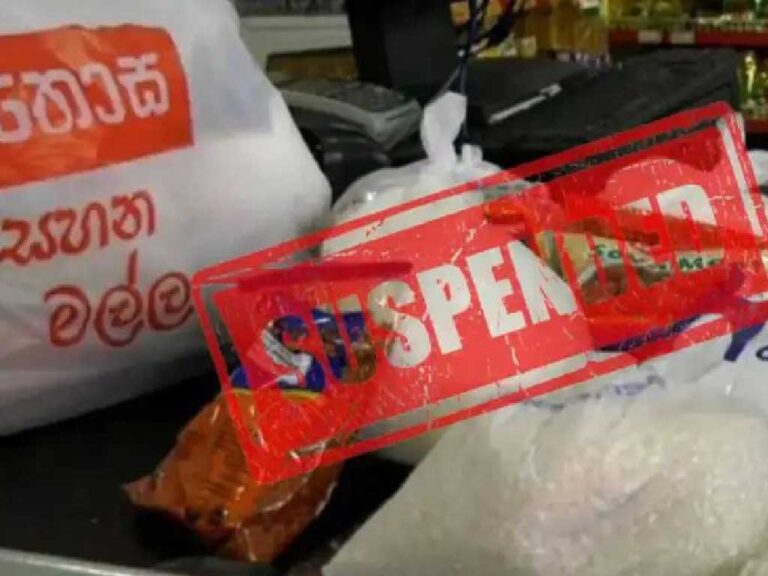
Sri Lanka’s Ministry of Energy has requested India’s Adani Group to submit a written statement regarding the future of the Mannar wind power project, following the company’s recent decision to withdraw from the $442 million renewable energy initiative.
The Sri Lankan government, led by President Anura Kumara Dissanayake, has expressed willingness to renegotiate the project’s rates, which was a key point of contention leading to Adani’s exit. The original agreement, signed in May 2024 under former President Ranil Wickremesinghe, proposed a rate of $0.08 per kWh, which the current administration found too high. President Dissanayake criticized the pricing in his recent budget speech, reinforcing the government’s demand for a reduction in costs.
According to sources in the Ministry of Energy, the government has obtained cabinet approval to appoint a committee to renegotiate the pricing structure in a bid to move the project forward. On Monday, the Ministry of Energy sent a letter to Adani, requesting the company to formally confirm its position within two weeks. The government’s stance remains unchanged, insisting that any revival of the deal will depend on revised pricing terms.
Despite the wind power setback, Adani Green has reiterated its commitment to Sri Lanka, stating that it is open to future collaborations if the government wishes to engage. Beyond renewable energy, Adani Group is leading the $700 million Colombo Port West Container Terminal project, Sri Lanka’s largest port expansion initiative. Initially, the United States International Development Finance Corporation (DFC) had pledged $553 million in funding for the terminal but later withdrew its support.
Adani Green had been engaged in extensive discussions with the Ceylon Electricity Board (CEB) and other government agencies for over two years, planning to establish 484 MW of renewable wind farms in Mannar and Poonarin, alongside necessary transmission infrastructure. With Sri Lanka now signaling a readiness to reopen talks, the ball is in Adani Group’s court to decide the project’s future.




